What is meditation anyway?
(Do you get tired of me asking this?) Do people even know what meditation is?
What I hear when I talk with people in my day-to-day life are things like, “Learning to meditate takes too long,” and, “I tried but couldn’t stop thinking,” and, “I’m not religious.” Yikes! People don’t know what the hell meditation is!
Here are a few things meditation isn’t. If any of them are familiar to you, welcome to the club. If some of these seem obvious, read on. Most people get hung up on what they believe meditation is and never even get around to doing it.
[quote align=”right” color=”#999999″]Meditation isn’t:
- Closing your eyes and tuning out the world.
- Trying to get thoughts out of your head.
- Blissing out.
- Zoning out.
- Only practiced by religious people.
- Only practiced by monks.
- Only practiced by new-age hippies.
[/quote]
Meditation isn’t about:
- Stopping your thoughts.
- Stopping our feelings.
- Visualizing more love, money or power.
- Trying to change who we are….really?
If I say that meditation is more about how your mind is than what you’re doing, what do you think? And if I say that meditation is about coming to know your mind, what do you think? Do you roll your eyes and say, “Well of course!” Or, do you roll your eyes and say, “What the hell?!”
Sitting formally and practicing meditation provides you with the stability that you need within your mind to be present in your day-to-day life. And a formal meditation practice really is one of the only ways to begin to become familiar with our mind. However one of the primary benefits of learning to meditate is to become familiar with your true nature within your ordinary daily life, integrating it into whatever you do.
In fact, the “deeper” nature of your mind, what you could call the meditative mind, is always with you and available to you at anytime, like the sky behind the clouds. Recognizing this is the one fact that can help you to gain the greatest benefit from a meditation practice.
Why should you meditate?
Learning to meditate is about two things:
First, it’s about…learning how to meditate. No brainer, right? It’s about learning a method and sticking to it. But in that method, I hope that you’ll find that it’s not about trying to get rid of your thoughts, that’s not meditation. I also hope that you’ll find that it’s not about sitting on a cushion, clenching your jaw, tightening up your butt, and trying to power your way through your session. That’s not meditation. Learning to meditate is about learning to “simply be” with all that arises, without trying to change a thing. It’s actually about just being and not so much about doing. Except, you have to practice in order to get there.
Secondly, learning to meditate is about gaining the stability in your practice to then bring your meditative mind and meditative awareness into your daily life. You can call this integration. Integration is what makes meditation make sense. It’s what provides the motivation to persist in your practice, realizing that learning to bring your meditative awareness and meditative mind into your daily life is what brings life to your meditation practice.
So what you need to do is to begin where you are, find a method of meditating, stick with it and practice. Whether or not you’re a “good meditator” really doesn’t matter. Resist the temptation to give in to the disruptive mind that judges you, says that you’re not doing it right, wants to run away and get back to your distracted mind.
Meditation isn’t about success, it’s not about becoming something. Actually, meditation is truly about finding out who you already are, it’s about discovering the essence of your mind – already present within your mind – that is undisturbed and faultless despite your most neurotic or annoying habits. That’s what meditation is!
Daily opportunities to practice meditation:
The following is a very short list of some of the opportunities that we can use to check-in with our mind during the day. This list has been shared previously on this site and I received a lot of positive feedback on its use. While far from extensive, this list can act as a reminder to us that there are unlimited moments within our day when we can take a “time out” from our distraction and attend to our mind.
(To download this list as a PDF, click this link: 17 Ways to Practice Mindfulness Meditation in Everyday Life).
- While taking a shower
- While brushing your teeth
- While eating
- While eating…did I say this twice? Right, how many of us rush through our meals without even remembering what it was that we ate? Eating is one of the best times to practice being mindful and aware. It’s amazing how our food intake, what we take into our body, how much we eat, and—surprise!—how much we gain weight can be due to not being present with what we’re eating. Try it! You have three times a day to work with this one.
- While driving to: work, school, play, shop, run errands, vacations, distraction.
- While surfing the web or being otherwise involved on the computer. Who knows, you may be less inclined to impulse-buy on the Internet.
- While exercising. This is a great one. I used to run a lot—marathons, 10k, etc. I also still like to bicycle quite a bit. But how to find the time to practice when I want to bike? Exactly; practice while biking. This means seeing my surroundings, feeling the road, smelling the smells, feeling my heart pounding, noticing the patterns of my breathing. Zen and the art of biking!
- While at work. Right, this is why we’re learning about this, isn’t it? What about when you’re taking care of someone who is being difficult? Or who’s dying? Or who’s unconscious on a ventilator? Or who’s giving birth? What about when your boss is telling you that you need to work harder? Or less hard? Or maybe you’re the boss? Right. Work.
- Stuck at a traffic light? Meditate. But don’t forget to be aware of the light. This isn’t about spacing out, remember? Gee; what are those cars behind me honking at me for? I’m at one with the light…except that it’s green!
- Folding laundry.
- Doing the dishes. I love this one. As a kid, my mom figured out early on that kids were valuable…for doing the dishes. I think that I became a Zen dishwasher at the age of 10!
- When you’re sick.
- When you’re in pain.
- When you’re sad or when you’re happy.
- As you’re going to sleep at night, having set aside the cares of the day, bring your attention to your mind and just relax into an undistracted state of mind.
- The first thing in the morning, as you’re arising, see what your mind is like before it’s become preoccupied and distracted with the day’s to-do list.
- And the list goes on and on. Truly, since we’re trying to become more present and less distracted at any and all moments, there’s never a time where practicing won’t work. Try it.
What is meditation? It’s learning to be non-distracted, or undistracted in your daily life. You achieve this through first learning to meditate by practicing formally and then bringing that experience into your daily life.
Why meditate? So that we can live your life more fully present, in the moment-to-moment awareness of the precious life that you’ve been given.
How to meditate? There are many methods and resources available. Whatever method you choose, start meditating and stick with it. Use this list of daily “practices” as a way to enhance your meditation practice.
[space height=”10″]
[divider scroll_text=””]
[space height=”10″]
This site has tons of tools for learning how to meditate and be compassionate.
I encourage you to look through the HUNDREDS of articles that I’ve written and especially check out my weekly meditation tips and other useful meditation materials provided for your health and well being. Please let me know if you’d like to discuss anything with me, have any questions or need clarification regarding how to enhance your life, the lives of your loved ones or want to learn compassion and meditation practice.
Other Great Meditation Resources and Information:
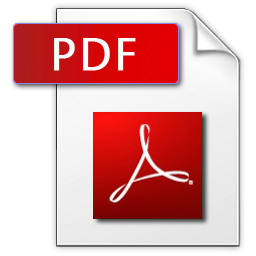 For More Information on How to Meditate
For More Information on How to Meditate
Please view the Related Stuff below for help getting started in your meditation practice! Also don’t forget to download my free e-book, Can Meditation Change the Way that You View Your World? and download the free e-book, How to Work with the Four Distractions to Meditation and get started learning how to deal with some of the major obstacles in meditation.
As always, please feel free to share your comments on meditation and contact me if you’d like to see additional content or other discussions on this site.
[button color=”#fff” background=”#FF6600″ size=”medium” src=”http://www.mindingthebedside.com/contact-us/”]Contact Me[/button]
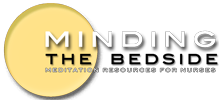
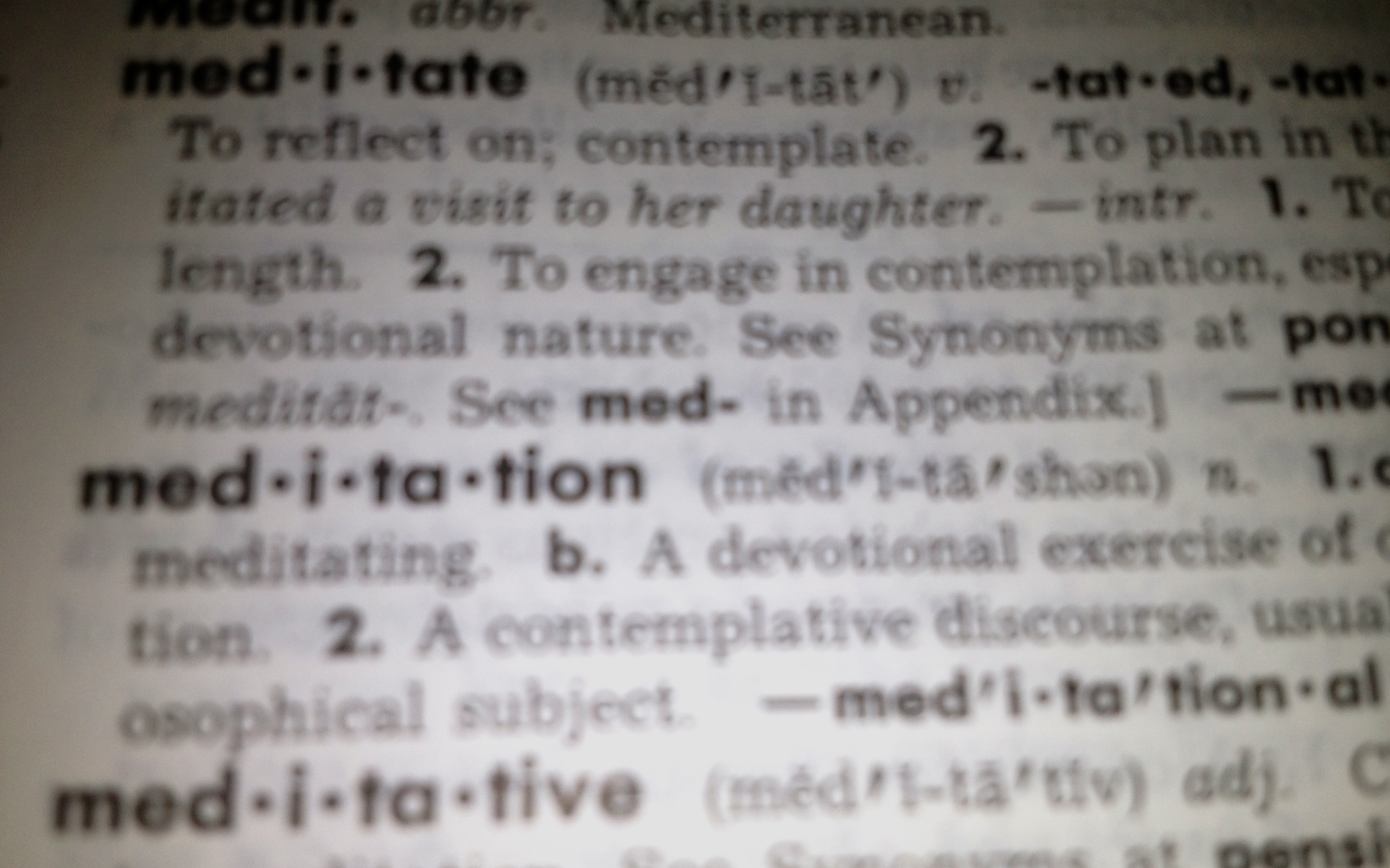
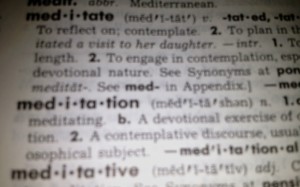
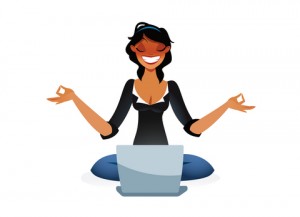

Leave A Comment